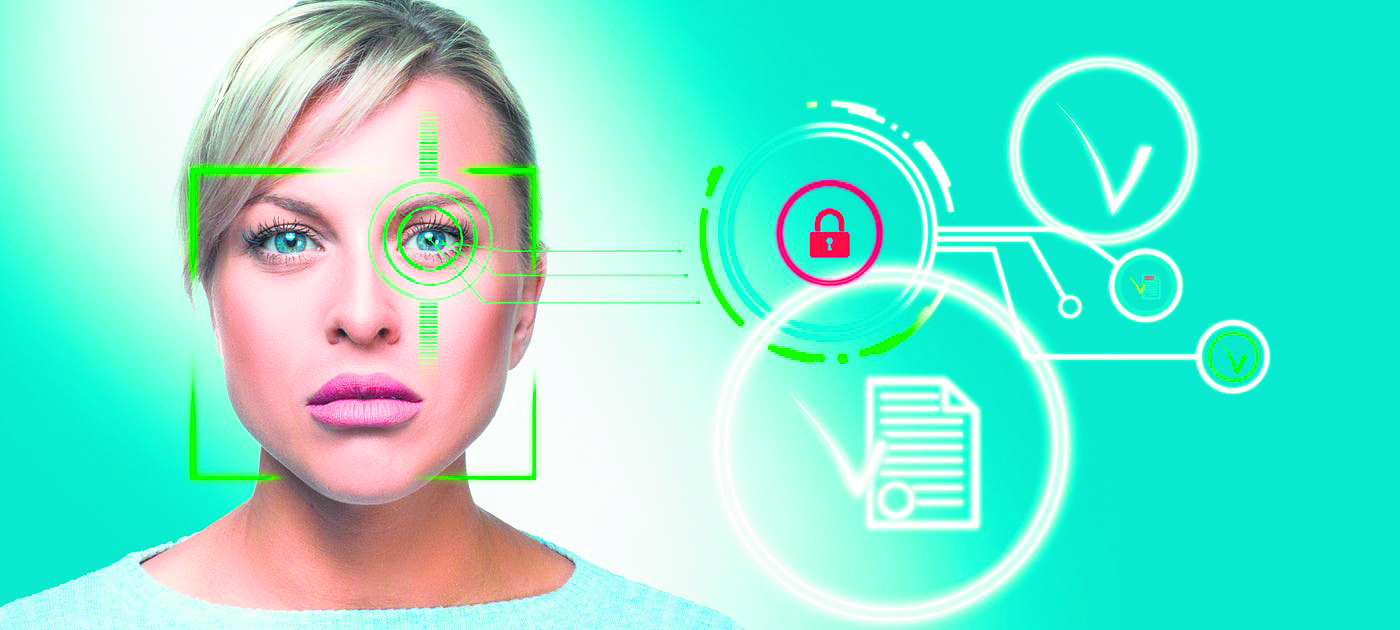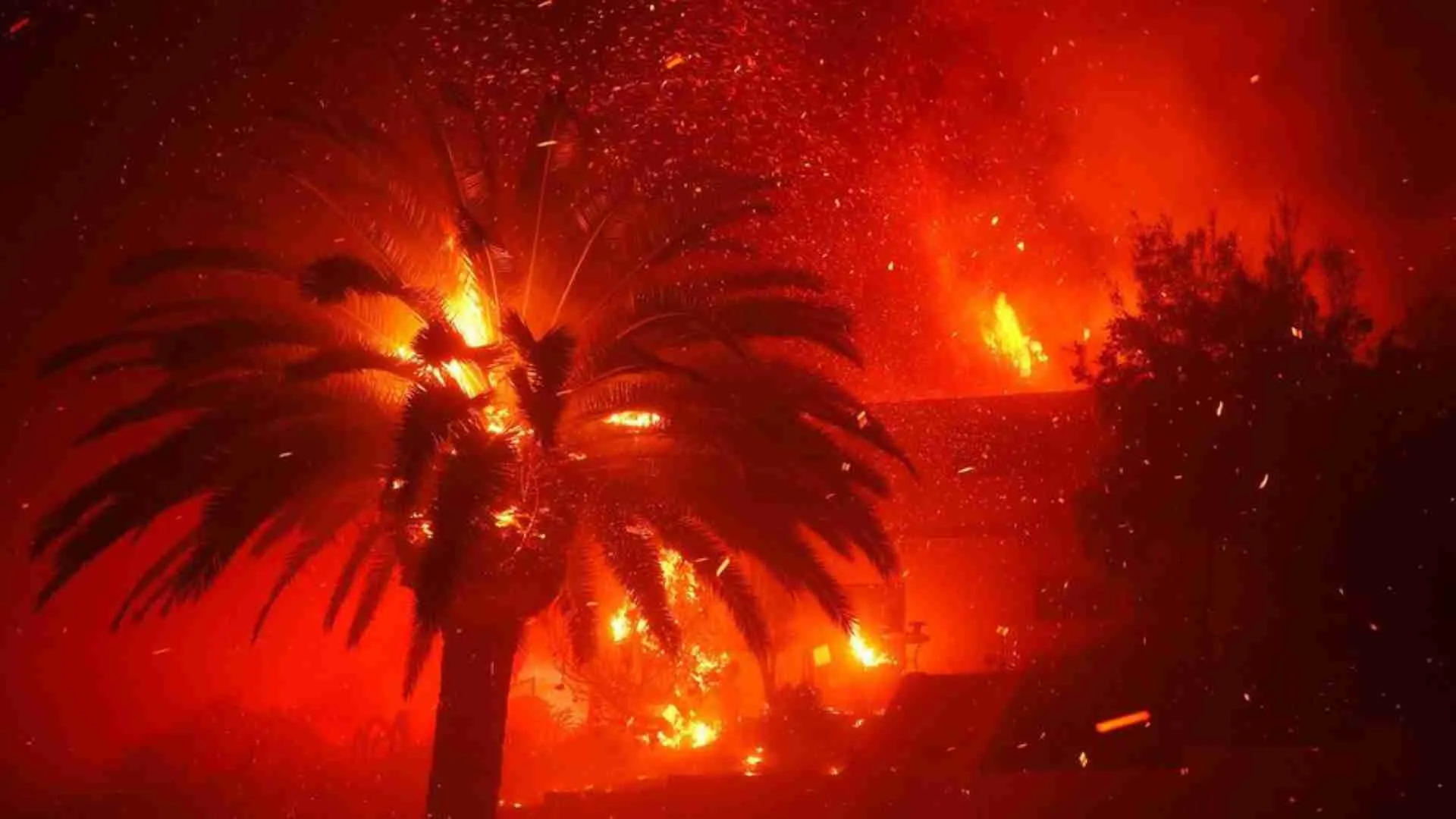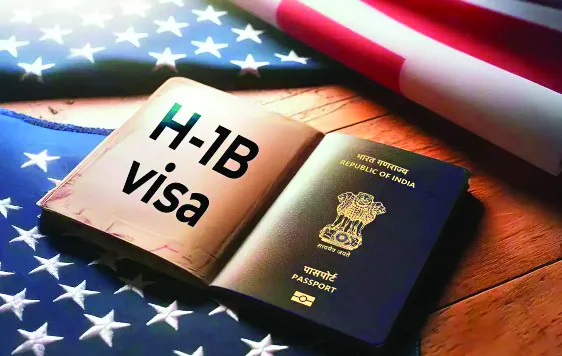Deepfake technology has emerged as a double-edged sword in the rapidly evolving digital landscape. While it offers exciting opportunities in entertainment and other fields, it also poses significant challenges, particularly in the world of misinformation and security.
Today, let’s explore the intricacies of deepfake detection, highlight tools for identifying them, and examine recent incidents involving celebrities like Rashmika Mandanna and politicians like Narendra Modi.
Understanding Deepfakes
What is a Deepfake?
Deepfake combines “deep learning” and “fake” to describe videos edited using algorithms to replace the original person with someone else, often a public figure, making it seem authentic. This manipulation leverages artificial intelligence and deep learning to create images of events that never happened.
Spotting Deepfakes
Key Indicators
1. Unnatural Eye Movements: Look for irregularities like absent blinking or erratic eye movements.
2. Color and Lighting Mismatches: Observe inconsistencies between the face and the background.
3. Audio Sync: Check if the audio quality matches the lip movements.
4. Visual Inconsistencies: Look for odd body shapes, artificial facial movements, or unnatural postures.
5. Reverse Image Search: Use this to verify the authenticity of the person in the video.
6. Video Metadata Analysis: Inspect for signs of alteration or editing.
7. Deepfake Detection Tools: Utilize tools that flag suspicious content.
Technological Responses
AI and Browser Plugins
1. AI-Based Detection: Tools like Microsoft’s Video Authenticator analyze photos and videos, providing a confidence score on their authenticity.
2. Browser Plugins: Examples include Reality Defender and SurfSafe, designed to detect deep fake content online.
3. Startups and Innovations: Companies like OARO and Sentinel develop solutions for digital identity verification and countering fake content.
4. Unfakeable Records: Tools creating immutable data trails for authenticating media.
Rashmika Mandanna Incident
Actress Rashmika Mandanna recently became embroiled in a controversy involving a deep fake video. The altered video, widely circulated on social media, digitally replaced another woman’s face with Mandanna’s. This incident has raised concerns about the ethical implications of deepfakes and the need for legal action.
Narendra Modi’s Garba Video
Prime Minister Narendra Modi addressed the threat of deepfakes, citing a video that showed him performing the traditional Gujarati dance, Garba.
The video, which appeared highly realistic, turned out to feature Modi’s lookalike, actor Vikas Mahante, rather than Modi himself. This incident underlines the potential of deepfakes to create confusion and misinformation, even in political contexts.
Conclusion
The incidents involving Rashmika Mandanna and Narendra Modi exemplify the growing challenge posed by deepfakes. While technological advancements are being made to detect and counteract these fakes, the responsibility ultimately lies with users to be vigilant and discerning.
As deepfake technology continues to evolve, so must our tools and awareness to ensure the integrity of digital media.
Abhishek Anand is the founder of Skill Bud Technologies Pvt. Ltd., a tech company that specializes in Web 2.0, Web 3.0, NFT, Metaverse and digital marketing. He is also an Author, Speaker, Mentor and helps startups & businesses grow with technology.























